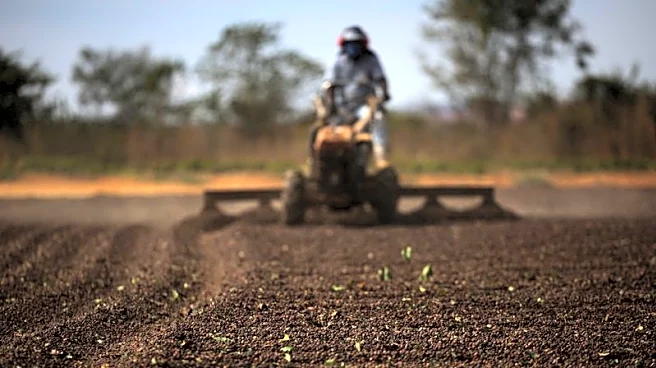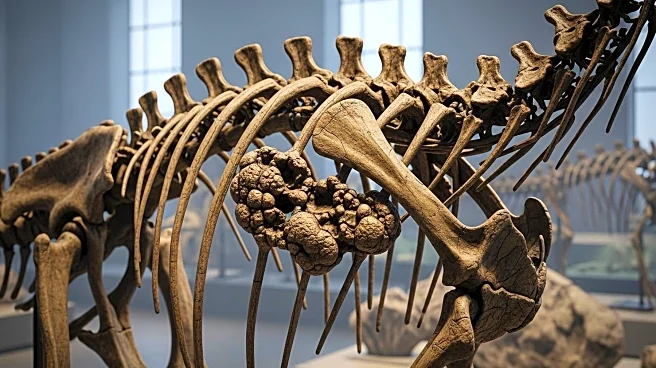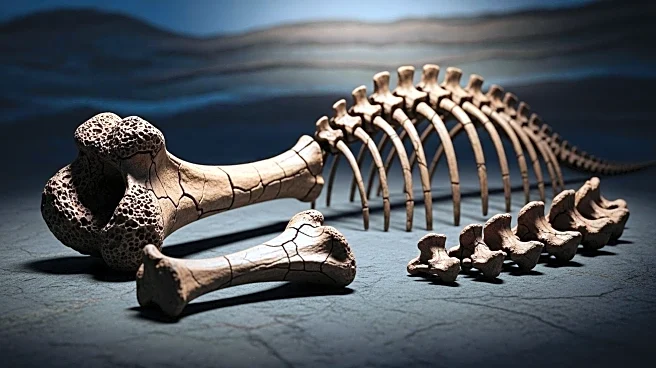What's Happening?
Altamira Gold has completed its first deep drillhole at the Maria Bonita target in Brazil, revealing a potentially larger intrusive system than initially expected. The drillhole intersected over 500 meters of brecciated and highly altered porphyritic intrusive rocks, with quartz veinlet densities averaging four per meter. Results from this drilling are still pending. CEO Mike Bennett announced plans for additional drilling at Maria Bonita once the initial results are returned. Furthermore, surface mapping and sampling at the nearby Tavares Norte target, located 1.5 kilometers east of Maria Bonita, suggest the presence of another porphyry system. Altamira has collected 94 samples at Tavares Norte, with 20 samples showing gold values above 0.1 grams per tonne, reaching a maximum of 27.5 grams per tonne. The company is also conducting a high-resolution drone magnetic survey over a 56 square kilometer area to aid in target definition and geological interpretation.
Why It's Important?
The findings at Maria Bonita and Tavares Norte could significantly impact Altamira Gold's exploration strategy and resource estimates in Brazil. Discovering a larger intrusive system could enhance the company's gold production potential, attracting more investment and boosting its market position. The exploration efforts are part of Altamira's broader strategy to unlock gold and copper discoveries in Brazil, a region with rich mineral resources. Successful exploration and resource expansion could lead to increased economic activity and job creation in the area, benefiting local communities and stakeholders. Additionally, the results could influence the company's future exploration and development plans, potentially leading to new mining projects and partnerships.
What's Next?
Altamira Gold plans to continue drilling at Maria Bonita and initiate testing at Tavares Norte based on the encouraging surface mapping and sampling results. The company will complete the high-resolution drone magnetic survey to refine its geological understanding and support further exploration. Stakeholders, including investors and local communities, will be closely monitoring the outcomes of these activities. Positive results could lead to increased investment and development in the region, while any setbacks might prompt a reassessment of exploration strategies. The company's progress will likely influence its future exploration and development decisions, potentially impacting its long-term growth and success.













